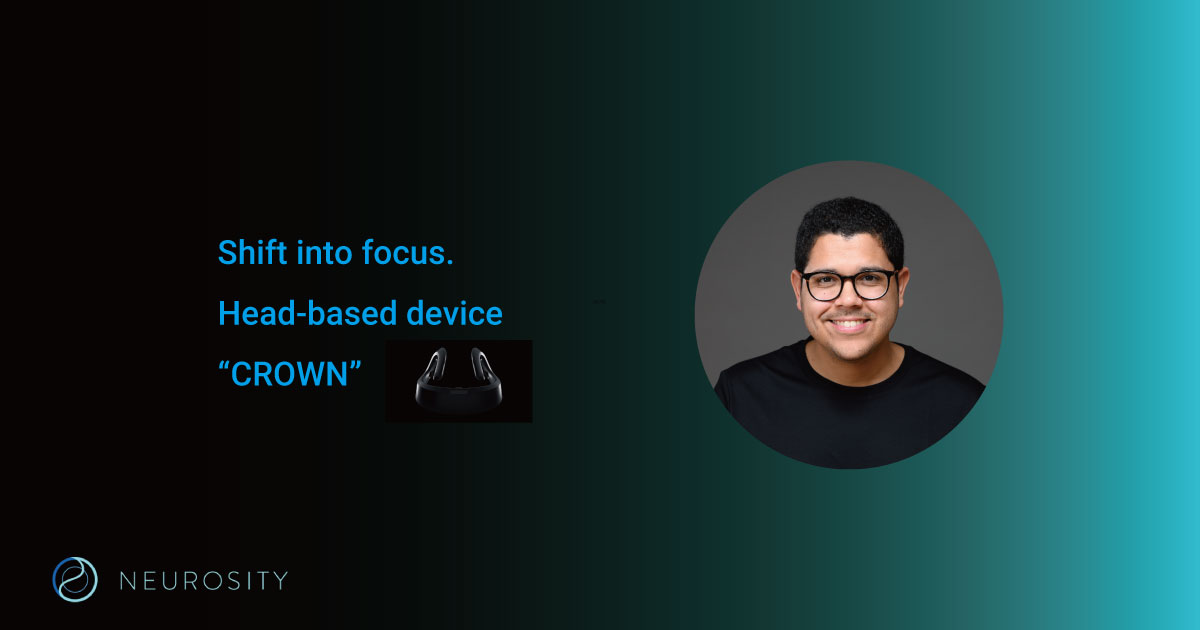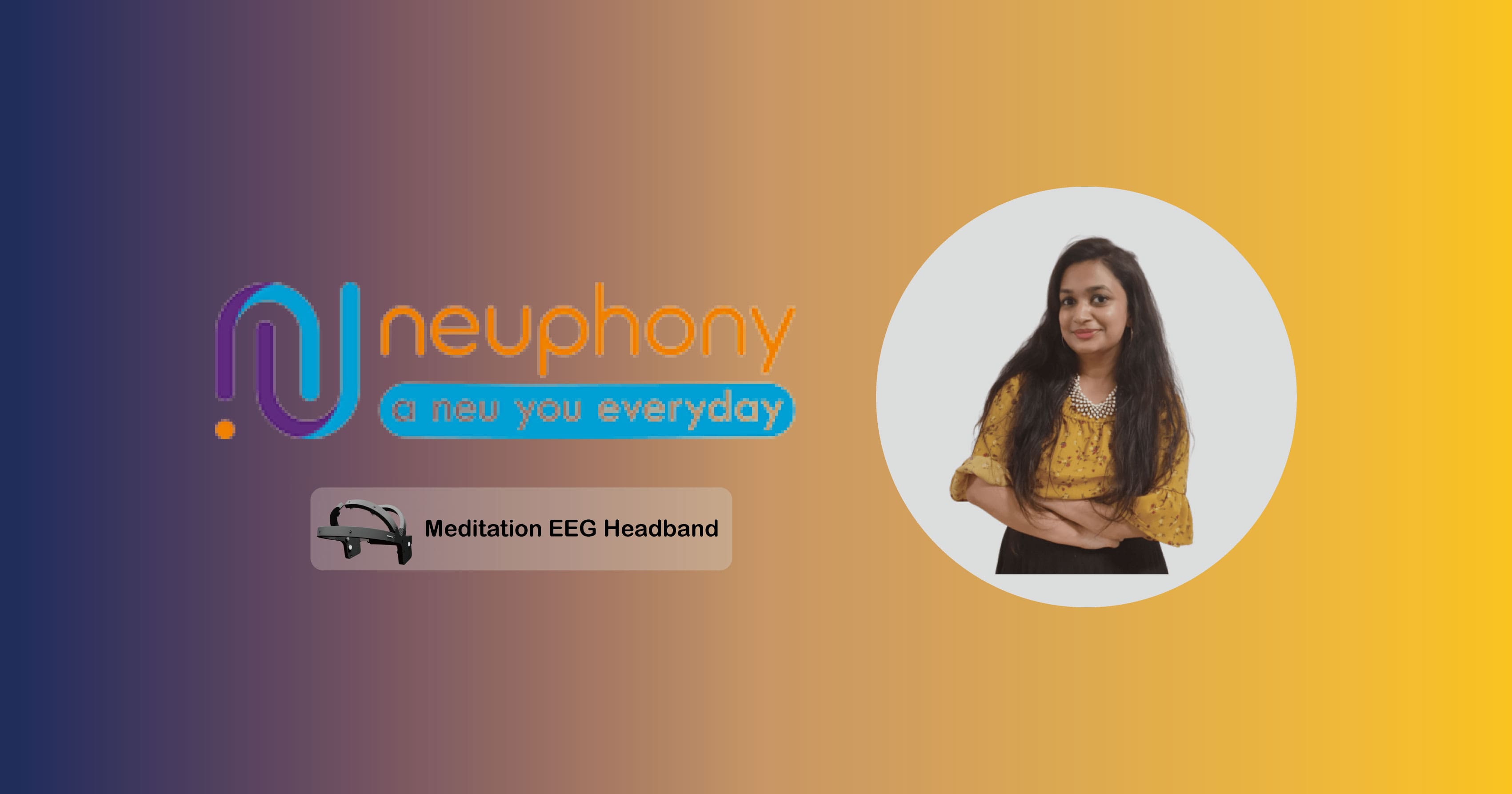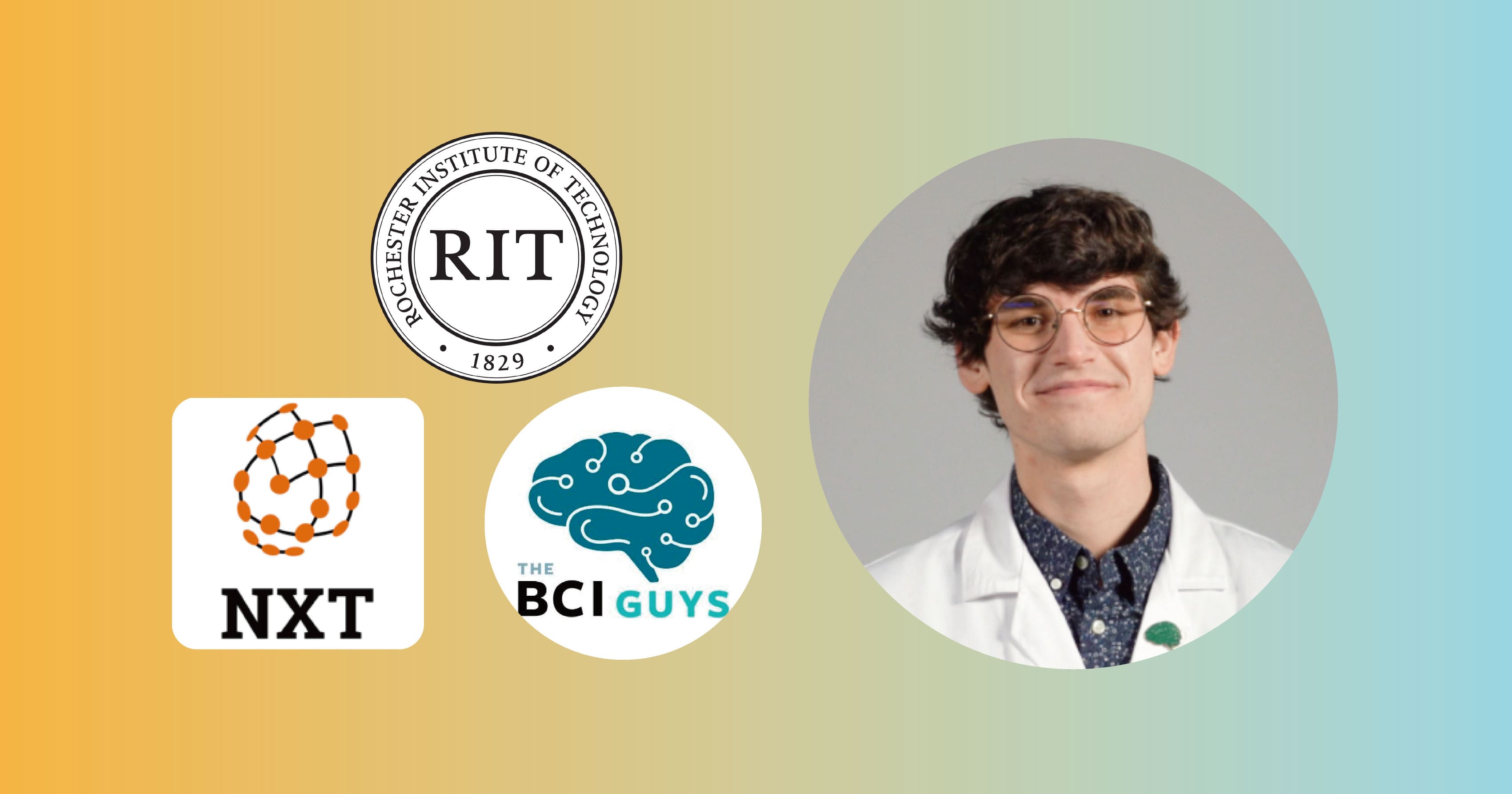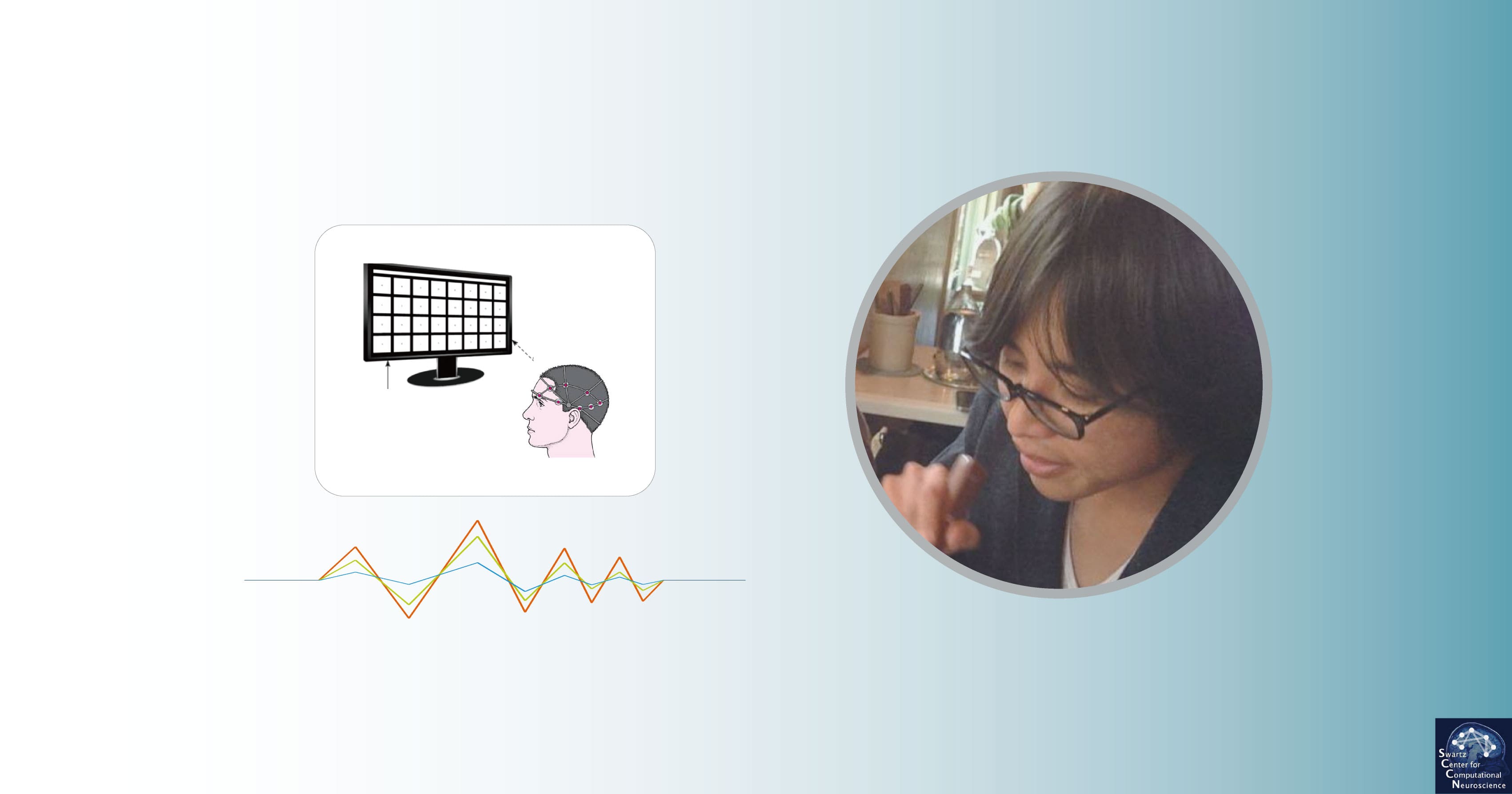
We spoke with Professor Takuma Sugi of Hiroshima University about the development and applications of 4D imaging using light field technology. This technology, which breaks through the limitations of conventional imaging methods and achieves both cell-level spatial resolution and high temporal resolution, holds the potential to revolutionize research from neuroscience to all of biology.

We interviewed Dr. Kai Arulkumaran, team lead at the neurotech start-up Araya, about their work developing brain-robot interfaces to empower individuals with motor disabilities. His team is pioneering technology that could one day allow people to control robots with their thoughts, revolutionizing everyday tasks for ALS patients.

In this interview, we talked to Kurt Haggstrom, CCO of Synchron, about their challenges and developments.

The first episode of Neurotech Daily, featuring Adam Molnar, co-founder and head of business at Neurable.

At CES, the world's largest hardware trade show, companies from large corporations to startups gather across a wide range of fields. At CES2023 held in January this year, about 35 neurotech startups exhibited. The NeurotechJP team visited CES2023 and conducted interviews with each company on site.In this article, we introduce five companies that are particularly noteworthy among them.

We interviewed Dr. Yukiyasu Kamitani of Kyoto University, a leading expert in the development of brain decoding

We interviewed Dr. Masataka Watanabe of the University of Tokyo, who is tackling the mysteries of consciousness with artificial consciousness, and asked him about his vision for the future of consciousness research.

About 2,300 companies exhibited at the world's largest technology event CES2022, including many neurotech companies. One of the exhibitors attracted a great deal of attention with their demonstration of their unique EEG device 'iSyncWave'. The company is iMediSync. We interviewed Seung-Wan Kang, CEO of iMediSync, about the company's technology behind the scenes and its future prospects.

In this interview, we talked to Masahiro Kasuya, CEO of MELTIN MMI, about his life's ambitions, from the founding of MELTIN MMI to the current difficulties he has faced, and the future space exploration he is aiming for.

This article introduces five consumer BCIs that are noteworthy for developers who want to work with brain activity data

We interviewed Dr. Rao about his path to neurotech, BrainNet, and the future of neurotech.

This time we interviewed Yannick Roy, founder of NeuroTechX, and Bryan Jenkins, a member of the NeuroTechX management team. In addition to the background of the establishment of the community, we also interviewed about the development of the science community and the methods used in its operation.

We interviewed Ryan Field, CTO of Kernel, about his thoughts on the development, current state, and future of non-invasive BCIs.

This article explores the educational backgrounds of employees in neurotech to better understand which educational path to take in Neurotech

We interviewed Dr. David Moses, who is working as a postdoctoral fellow at Chang Lab, and asked him about the current status, challenges, and future direction of neural speech decoding.

This article covers five resources available to begin learning about the world of Neurotech and BCIs.

In this article, we have chosen five established university labs that are working at the frontier of BCI research.

For this interview, we had an opportunity to interview Morgan Hough, the chapter lead at NeurotechX San Francisco. We discussed his background in open source software development and the operatino of the neurotech community.

Winners of BCI Award 2021 were announced in mid-October to recognize innovative BCI research. This article explains the research behind the Top 2 Projects of 2021.

We interviewed Hayato Nakamura, who studied at Boston University from his first year as an undergraduate and is now a doctoral student at Stanford University. We discussed his career to date, the challenges of artificial retinas, and the future direction of BMI research.

In this article, we will introduce selected five startups that are developing unique solutions based on neurofeedback technology.

We had the opportunity to talk with Stanley Yang, the CEO of NeuroSky, a company that has been pioneering the Neurotech market for more than 10 years, about the history and future of the company: how they developed the market, and what their strategy is as a pioneering company in recent years under intense competition.

We introduce some of the startups that have made significant progress in their technology and vision to compete with Neuralink, along with their remarkable features and visions

In this article, we will carefully select five non-invasive BCI startups that are gaining momentum.

This time, we interviewed with Dr.Muneki Ikeda, who is researching the mechanism of consciousness using C. elegans at UCSF, about his past research trajectory, his current research, and the possibility of future breakthroughs in this field.

In this article, we will highlight five of the companies that are growing in size and taking unique approaches with neuropharmacology technology.

This time, we interviewed John D. Chibuk, the founder of Blueberry, about the technology behind its miniaturization and wearability, as well as his vision for the company.

This article will clarify the specific cases and market scale of the technology by introducing five representative startups.

In this article, we will introduce five featured startups that are using the technology of neuromodulation to bring about significant changes in our lives.

For this interview, we had the opportunity to talk to Alex Castillo, the founder of Neurosity, who has been gaining momentum since the launch of CROWN, an EEG device with a CPU as powerful as a MacBook Air, in March.

In this article, we will introduce the first five of the ten categories of modern Neurotech technologies.

For this interview, I had the opportunity to talk with Ria Rustagi, founder of Neuphony, a non-invasive EEG device which uses neurofeedback to improve concentration, sleep quality, and so on.

We interviewed Harrison Canning, a student at RIT majoring in neurotechnology, a founder and leader of a 90-member student research team in neurotechnology, and a founder of a media company that provides original contents on neurotechnology.

In this article, I will introduce five carefully selected startups with a momentum that will revolutionize our lives with Neurotechnology.

For this interview, I had the opportunity to talk with Masaki Nakanishi, an Assistant Project Scientist at SCCN, a research facility at UC San Diego that conducts world-class research. We discussed about his career and the potential of the world record-breaking "SSVEP" technology.